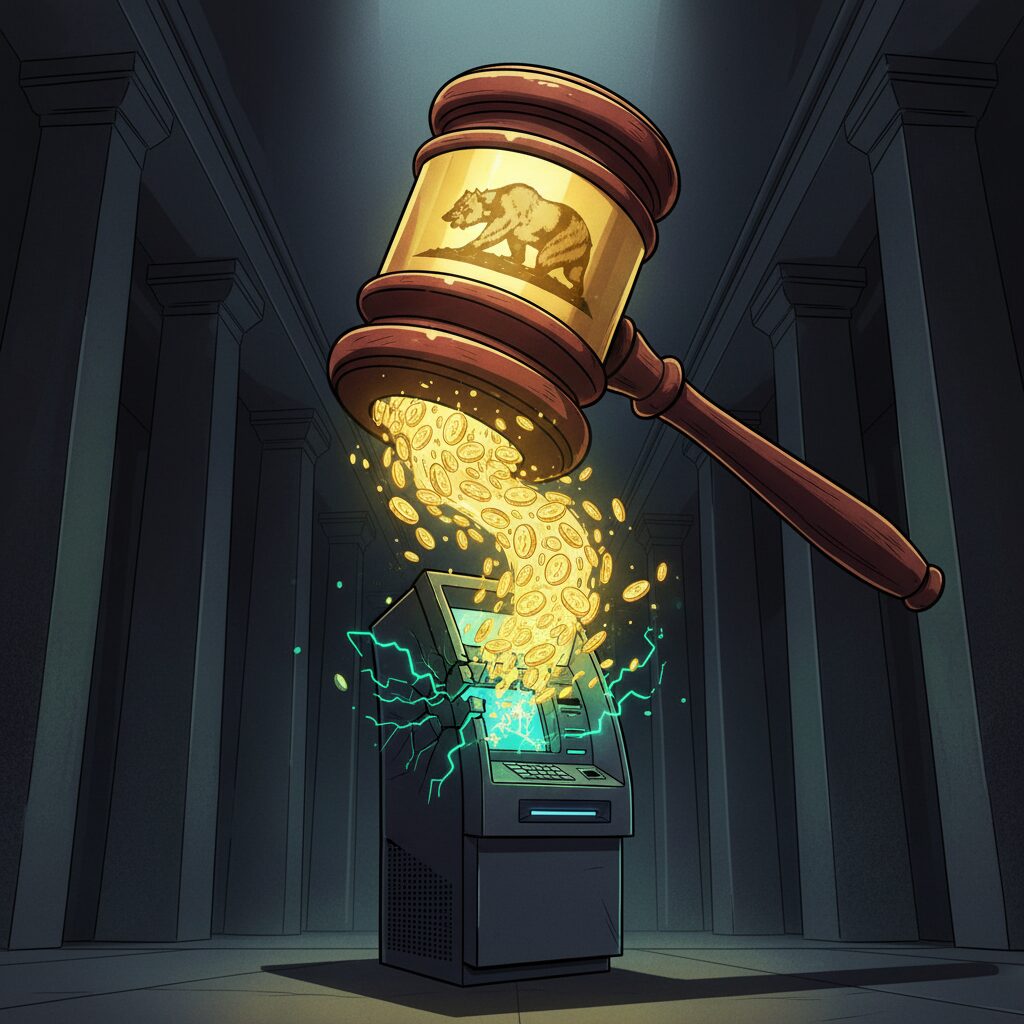Ripple CTO Affirms XRP Ledger’s Core Strength: Its Unique Design

A recent reflection from a prominent XRP Ledger (XRPL) validator known as “Vet” has shed light on the network’s foundational principles, underscoring a key conversation with Ripple’s Chief Technology Officer, David Schwartz. Vet recalled asking Schwartz if there was inherent value in the XRPL being different from other blockchains, to which the CTO gave an immediate and firm response: “Absolutely.”
For Vet, this exchange solidified his conviction in the XRPL’s distinct architecture, which he believes remains loyal to the core crypto principle of independence.
A Philosophy of Self-Sovereignty
According to Vet, the XRP Ledger is one of the few blockchain networks that still genuinely embodies the “be your own bank” concept. He argues that its structure is intentionally designed to give users autonomy over their assets and transactions without depending on intermediaries. This stands in contrast to many modern blockchains, which Vet suggests have drifted toward more centralized models through complex governance layers and incentive systems.
The network’s design prioritizes direct user control, a foundational goal of blockchain technology that has often been diluted in newer projects.
Freedom from Protocol-Level “Taxes”
Expanding on this point, Vet described how many other blockchains incorporate mechanisms that act like hidden taxes. These systems, such as staking rewards or validator incentives, can indirectly channel value toward a select group of centralized participants. The XRP Ledger, by contrast, deliberately avoids these structures.
Instead, its model focuses on raw efficiency, minimal transaction fees, and the ability for anyone to interact directly with the ledger without needing permission. Vet powerfully illustrated this concept with an analogy, comparing the XRPL to an “eBay without eBay”—a marketplace that functions seamlessly without a central authority overseeing it.
A Niche in a Crowded Market
Ultimately, the discussion returns to the value of differentiation. Vet emphasized that the XRPL’s unique characteristics, once viewed by some as limitations, are now its greatest asset. It doesn’t aim to compete in the crowded field of general-purpose smart contract platforms but instead occupies a specific niche where utility and efficiency are paramount.
In a market filled with similar technologies, the XRPL’s identity is defined by what it chooses not to be. As both Vet and Schwartz seem to agree, its value lies precisely in being different—and in its commitment to staying that way.











